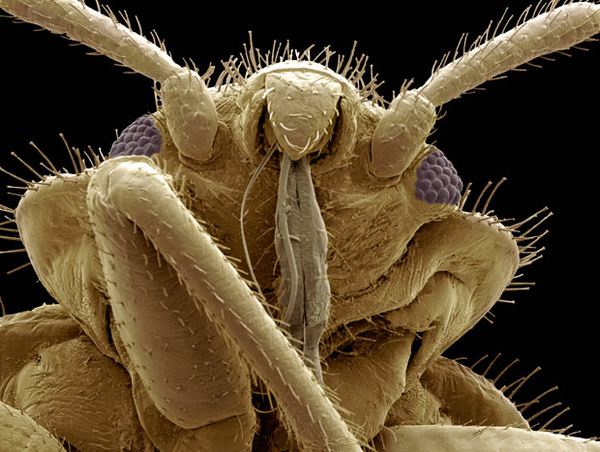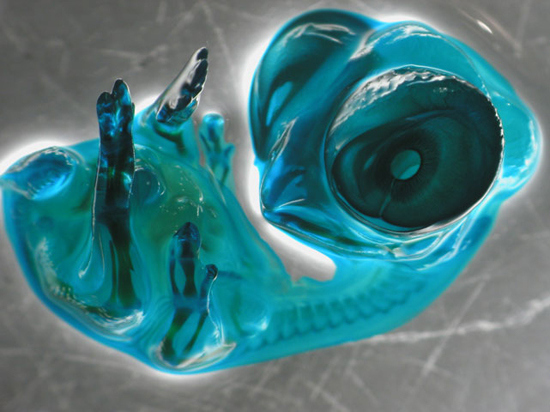#1
A New Zealand based company named- Rex Bionics has developed robotic legs or the exoskeleton for the people who cannot walk and are on the wheel chair due to paralysis. It is a $130,000 motorized carbon fiber robot with a joystick on the armrests of the suit to control motions.
According to reports on dailymail.co.uk : These are exoskeletons made of metal and carbon fiber which encases the body and allows that part to move. It is believed that this exoskeleton will mark the end of wheelchair. The first person to experience these robotics legs is Sophie Morgan who is paralyzed from below chest after she met an accident in 2002. After using it she said- "It was wonderful to be eye to eye with each other".
The carapace of Rex held her firmly and the straps were there to hold it from torso to toes. The only movement needed is to move the joystick on the armrest which instructs 29 micro-controllers to react within milliseconds. The best part is- one can control it to move in any direction- sit down, ascend and descend stairs. The bad part: only 10 around the world as of October 2012.
Sophie was given the opportunity to try Rex for filming a News Story for Channel 4. "The benefits of this exoskeleton are not just limited to walking, standing. This also helps in digestion as sitting on the wheelchair makes the lower muscles relax and they also shrink so the digestive system is less efficient. The robotic legs also helps in preventing the blood clot in legs"- says robotics expert Faisal Almesfer.
Through the stem cell therapy spinal cord tissues can be re grown and will undoubtedly be the ultimate solution of Spine Injuries but research is on this and till then exoskeletons can offer great help and support to the ones who are on wheelchair.
Image Source : Google
#2According to reports on dailymail.co.uk : These are exoskeletons made of metal and carbon fiber which encases the body and allows that part to move. It is believed that this exoskeleton will mark the end of wheelchair. The first person to experience these robotics legs is Sophie Morgan who is paralyzed from below chest after she met an accident in 2002. After using it she said- "It was wonderful to be eye to eye with each other".
The carapace of Rex held her firmly and the straps were there to hold it from torso to toes. The only movement needed is to move the joystick on the armrest which instructs 29 micro-controllers to react within milliseconds. The best part is- one can control it to move in any direction- sit down, ascend and descend stairs. The bad part: only 10 around the world as of October 2012.
Sophie was given the opportunity to try Rex for filming a News Story for Channel 4. "The benefits of this exoskeleton are not just limited to walking, standing. This also helps in digestion as sitting on the wheelchair makes the lower muscles relax and they also shrink so the digestive system is less efficient. The robotic legs also helps in preventing the blood clot in legs"- says robotics expert Faisal Almesfer.
Through the stem cell therapy spinal cord tissues can be re grown and will undoubtedly be the ultimate solution of Spine Injuries but research is on this and till then exoskeletons can offer great help and support to the ones who are on wheelchair.
Image Source : Google





























